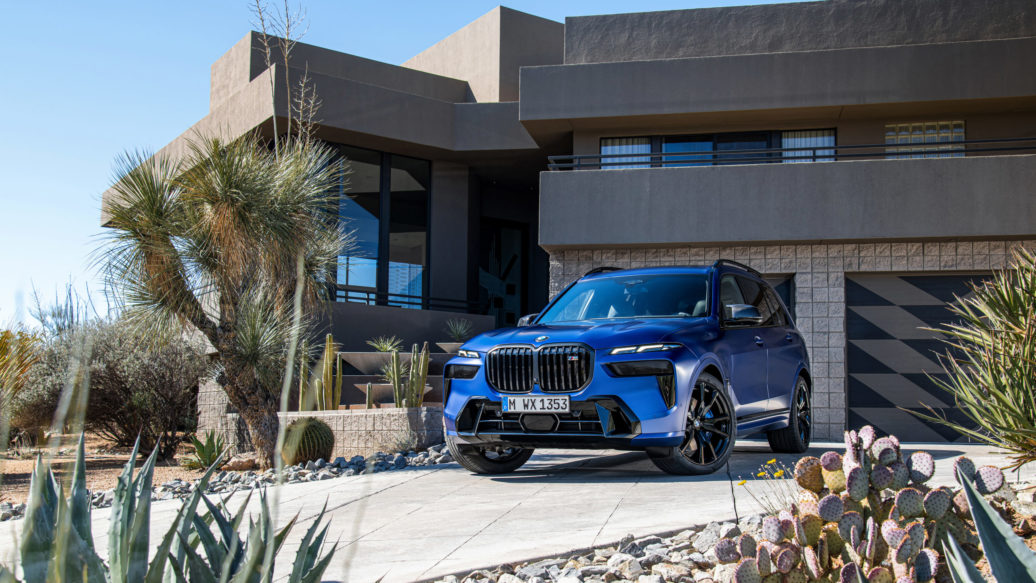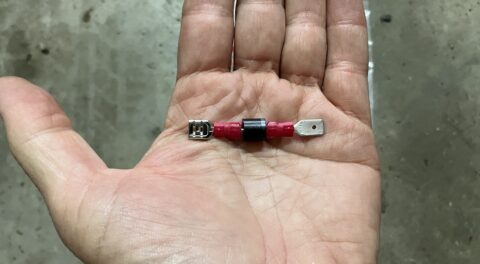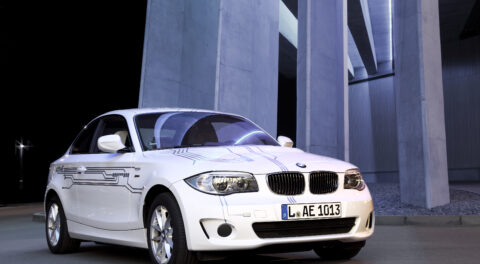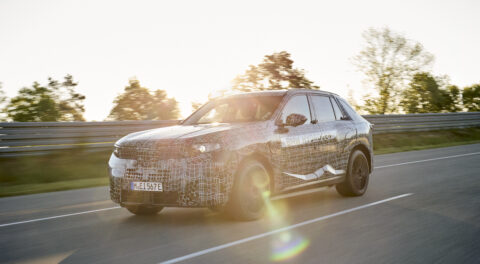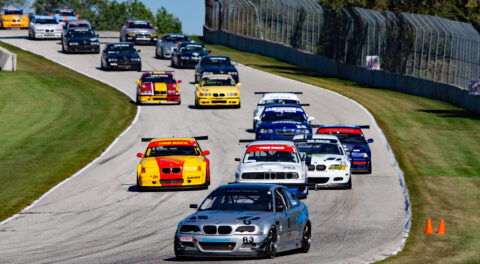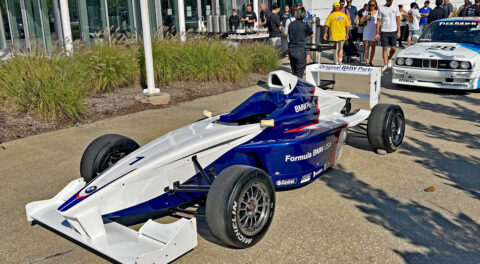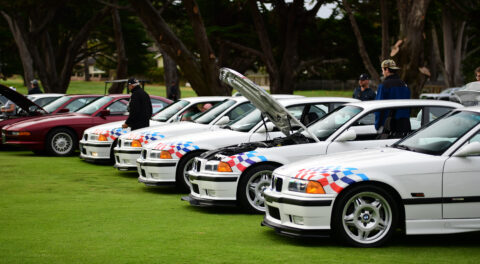Nearly four years after it was introduced for the 2019 model year, BMW has updated the X7 for 2023. This is the inevitable midlife refresh nearly all BMW models and series are subject to, and the X7 LCI has resulted in one of the boldest BMWs in the lineup becoming even more so. The X7 already caused a splash when it was unveiled thanks to what seemed like the largest kidney grille ever used on a BMW, but the automaker was quick to point out that customers actually wanted them. In the years since, BMW’s sales reports have proven this claim correct, with the Spartanburg-built X7 quickly becoming one of the top selling models within the lineup here in the U.S.
The X7 LCI shakes things up once again, this time by the use of a horizontally split headlight design applied to the front end and the introduction of a 48-volt mild-hybrid system across the model array not unlike other recently updated BMW models. Focusong on the front end, up top are LED daytime running lights which let other driver’s know this is a BMW, while below, shrouded behind what appear to be tinted lenses, are the actual adaptive matrix LED headlights. The kidney grille is also part of the update, and like that which is found on the recently revamped 8 Series, it can be illuminated. While we’re on the subject of lighting, the X7 also receives redesigned tail lights with a 3D style and side graphics, among other changes to the exterior and rear end. Sparkling Copper Grey metallic is a new color being introduced on the X7, while it sounds like M Marina Bay Blue has taken the place of Marina Bay Blue, the launch color of the F90 M5. Around 40 BMW Individual colors will also be available for the X7 on special request, including finishes like Daytona Violet.
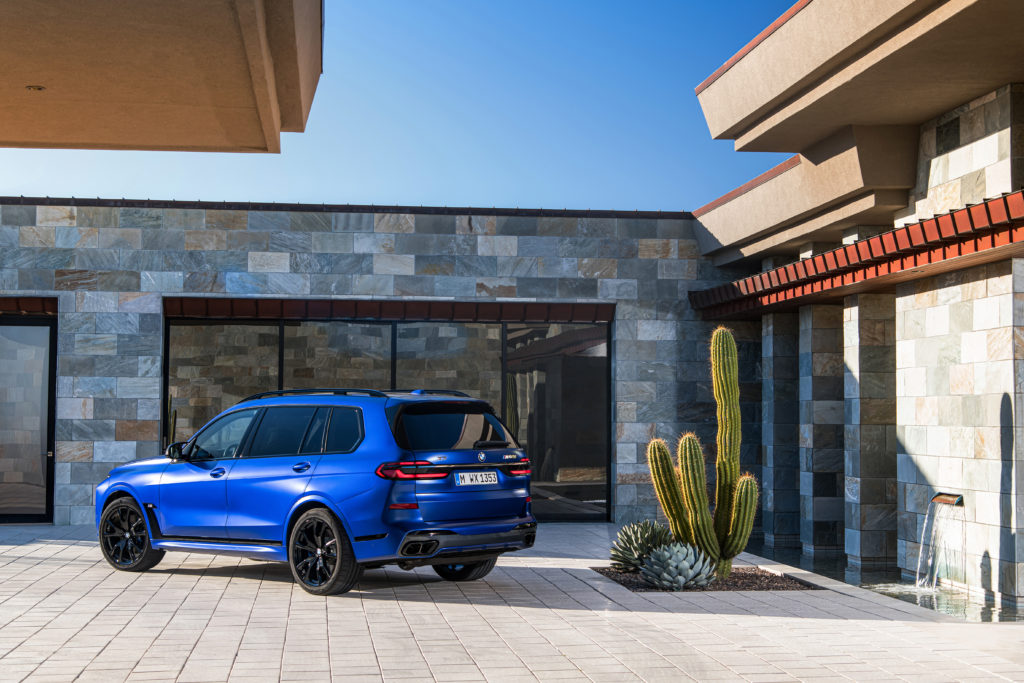
There will be a total of three X7 models for the U.S. These include the six-cylinder X7 xDrive40i, the V8-powered X7 M60i xDrive, and the Alpina XB7, the latter of which will have its own separate introduction. The X7 xDrive40i uses an updated version of the BMW B58 turbocharged inline six-cylinder engine, but instead of the 380-horsepower version we’ve become familiar with in models like the M240i, M340i, M440i, X3 M40i, Z4 M40i, and so on, the version in the X7 xDrive40i develops 375 horsepower and 383 pound-feet of torque. That’s slightly less horsepower and a bit more torque than the B58B30O1, which is the most powerful current B58 variant with 380 horsepower and 369 pound-feet of torque. All models of the X7 will now use a 48-volt mild-hybrid system, and the X7 xDrive40i can develop as much as 398 pound-feet of torque with the aid of the electric motor, and can sprint from zero to 60 mph in 5.6 seconds according to BMW.
Next up is the X7 M60i xDrive (pictured here), which replaces the M50i in the model lineup. The M60i uses a 4.4-liter twin-turbocharged V8 with same output, however—523 horsepower and 553 pound-feet of torque—so what’s the difference, aside from BMW desiring continuity with other models that will soon wear the M60 badge? The difference is that the X7 M60i is the first BMW model to come with the new S68 M twin-turbocharged V8 engine—that’s right, BMW is finally introducing its long-awaited new M V8 engine, and it’s going to appear first in an M Performance model. This makes sense, given subtle indicators like the exhaust tailpipe finishers which feature quad outlets typically reserved exclusively for M cars. The same goes for the M badge on the grille, something that was also previously exclusive to M models until the 8 Series LCI. We’ll get to more details about the updated B58 and new S68 engine below, but BMW says the X7 M60i xDrive can accelerate from zero to 60 mph in 4.5 seconds. Real-world testing, however, has revealed both the previous M50i and original XB7 to be faster than claimed.
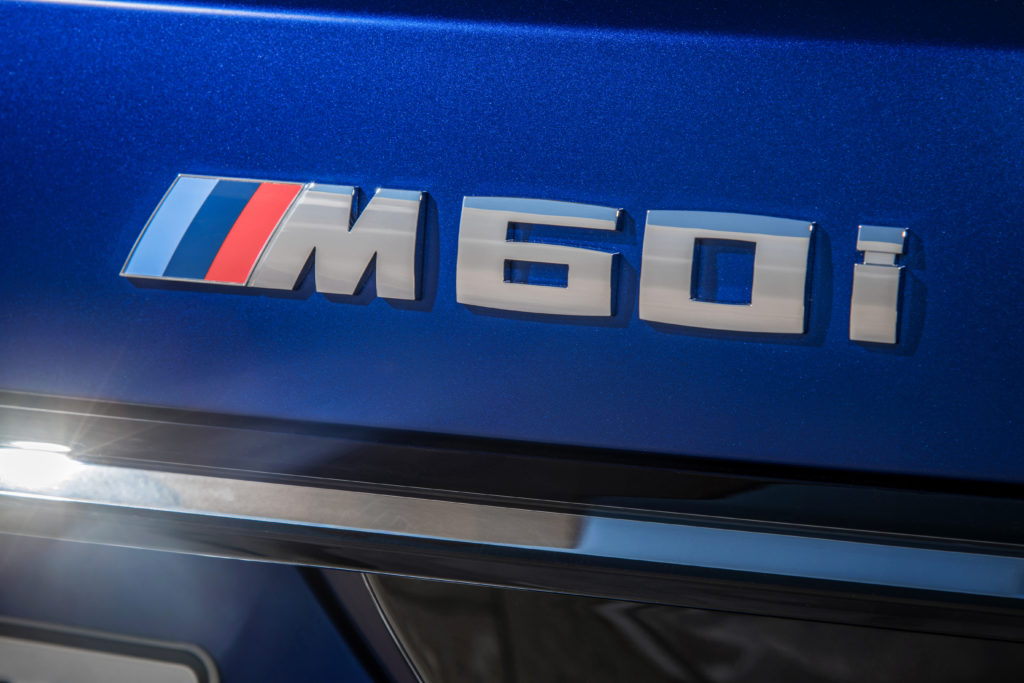
The Alpina XB7 will continue to be the undisputed leader of the lineup, but it’s also being revised using the same design basis as the rest of the lineup. In terms of output and performance, The XB7 gains a bit more and produces 630 horsepower and 590 pound-feet of torque, which allow for a zero-to-60 acceleration time of four seconds flat and a top speed of 180 mph according to BMW. Full details of the XB7 have yet to be divulged, but the model is slated to launch in 2023.
BMW describes both the B58 six cylinder and S68 V8 engines as new, with various updates across the board. The B58 six-cylinder benefits from innovations and improvements with regard to the combustion process (the Miller cycle), gas exchange, valve control, injection, and ignition system. The S68 V8, on the other hand, boasts an array of thermodynamic updates when compared with the previous N63 such as a cross-bank exhaust manifold, bank-symmetrical turbochargers, and external engine oil cooling. Other highlights of the all-new S68 include a reinforced crankshaft drive, advanced turbocharging with a blow-off valve, a new oil pump, and a lightweight oil sump. Finally, the S68 is built using a modular architecture, which allows for parts commonality between different configurations and layouts. It sounds like the S68 shares virtually nothing with the previous N63 and M S63 V8s, but how much it has in common with the modular series of BMW engines including the B38 three-cylinder, B48 four-cylinder, and B58 six-cylinder, remains to be seen. The output of the S68 engine used in the X7 also also raises a question, as the 523 horsepower and 553 pound-feet of torque are unchanged from the N63B44T3, the version of the N63 used in M Performance models. It sounds like the version of the S68 in the X7 has been detuned for its application, and we’ll see more powerful variants of the engine in models like the upcoming XM, which boasts total combined output equivalent to 750 horsepower and 737 pound-feet of torque from its V8 hybrid drivetrain.
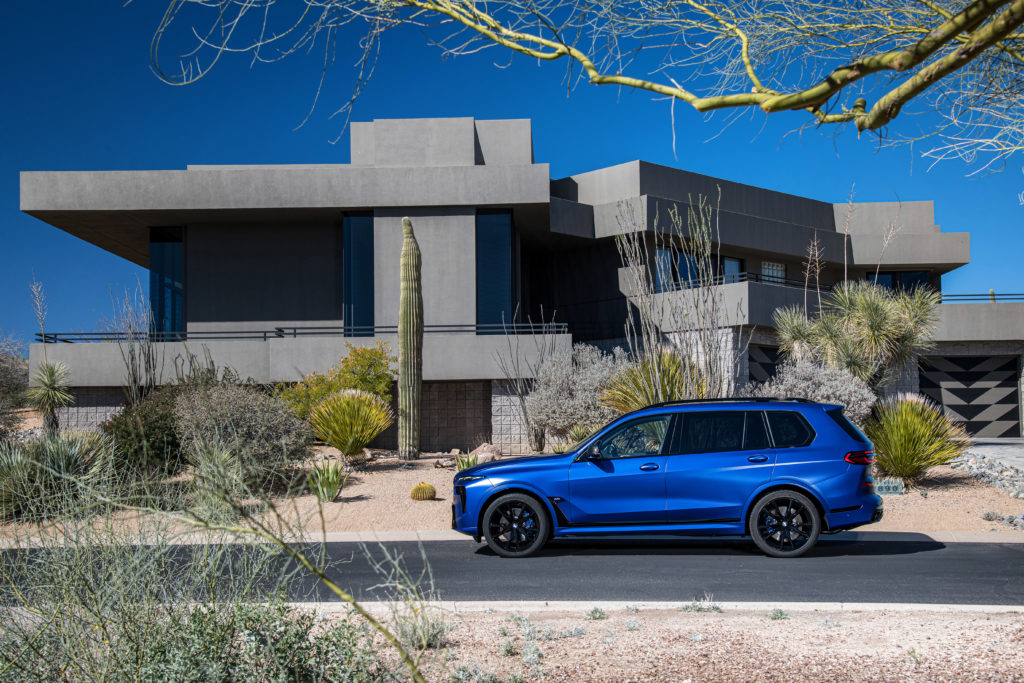
The updated X7 lineup receives BMW’s latest iDrive system and the array of driver-oriented screens found in other new or recently updated models such as the X3 and X4, the i4, and iX, the 8 Series, and a handful of others. The 5G connectivity of the system allows for the full digital experience BMW has developed over the past several years, other elements of which include the heads-up display, iDrive controller on the center console, and multifunction steering wheel buttons. The iDrive system is made up of two screens which measure 12.3 and 14.9 inches respectively, and the personal digital assistant is now smarter than ever. BMW’s suite of driver assistance systems and technology is also improved, with a maneuver assistant that remembers the way in which you parked, and repeats the process in reserve when it’s time to leave.
Elsewhere, other tech and equipment highlights include the availability of digital key across the X7 model lineup, and the new sprint function, which temporarily shifts the ZF eight-speed automatic transmission into its lowest acceptable gear and puts the drive modes and traction control systems into their most dynamic settings by holding down the left paddle shifter for one second—think of it as a great way to blast up an onramp. The X7 M60i also comes standard with active roll stabilization along with four-wheel steering, both of which are paired with air springs.
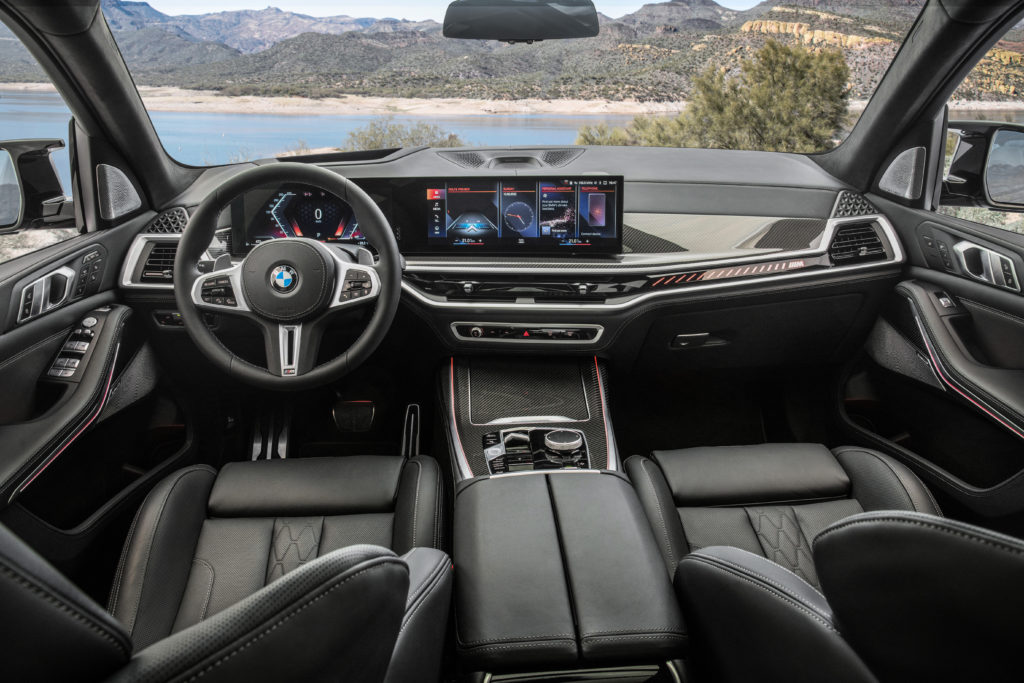
These days, there seems to be some competition for the title once referred to as BMW’s technological flagship. The crown has long been worn by the 7 Series, but the electric iX and X7 have changed the paradigm. During 2020, BMW North America sold 20,579 X7s, compared with just 6,443 of the 7 Series. In 2021, things only got better for the largest BMW model yet, with X7 sales increasing to 23,046, while the 7 Series saw sales expand to just 7,706 units. If you’re in need of further writing on the wall, BMW described the X7 as a central pillar in its ongoing product offensive in its press release for the facelifted model.
The updated X7 is scheduled to launch in the U.S. in the third quarter of this year. The X7 xDrive40i starts at $77,850, while the X7 M60i xDrive has a starting MSRP of $103,100, both less desination.—Alex Tock
[Photos courtesy BMW AG.]

